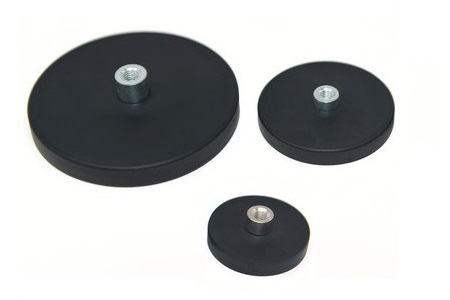General permanent magnet materials, the popular understanding is what we often call -- lodestone, which developed earlier, and the initial discovery originated from natural permanent magnets in nature. Later, after Maxwell, Tesla and other physics elders laid a solid foundation for electromagnetics, people began to pay attention to and research. The general permanent magnet materials studied in the early stage are mainly AlNiCo and ferrite. Due to the development of science and technology and the expansion of industrial use, general permanent magnets can no longer meet the needs of use. With the deepening of human understanding of scientific research and the improvement of rare earth element smelting and application technology, rare earth permanent magnet materials have emerged due to their excellent performance with the booming economic and industrial development. The two main representative materials are Samarium cobalt and neodymium iron boron rare earth permanent magnet materials.
The main performance parameters of permanent magnet materials are: maximum magnetic energy product, remanence, coercivity and Curie temperature. The maximum energy product and remanence indicate the magnetic strength of the material. Materials with high coercivity have better temperature stability. Therefore, the higher the coercivity of the permanent magnet material, the higher the working environment temperature. The Curie temperature refers to the temperature when the magnetization of the permanent magnet drops to zero.
The development of modern rare earth permanent magnet materials has mainly experienced four generations:
The first-generation of permanent magnets: 1:5 Sm Co5 material that came out in 1967, the maximum energy product (BH) is 5.1-20MGOe, the remanence Br=0.89T, the coercive force Hc=17.09KOS.
The second-generation permanent magnet: 2:17 Sm Co5 material, which came out in 1972, has a maximum magnetic energy product of 15-35MGOe, remanence Br=1.14T, and coercivity Hc=10.05KOS.
The third-generation NdFeB rare earth permanent magnet material was developed by General Electric Company in Japan in 1983, with a magnetic energy product of 25-38MGOe, remanence Br=1.31T and Hc=12.47KOS.
With the development and update of technology, the maximum energy product of the fourth-generation Japanese company's neodymium iron boron permanent magnet has reached an astonishing 59.5 MGOe. This kind of magnet is a permanent magnet with magnetism second only to absolute zero degree holmium magnet.




